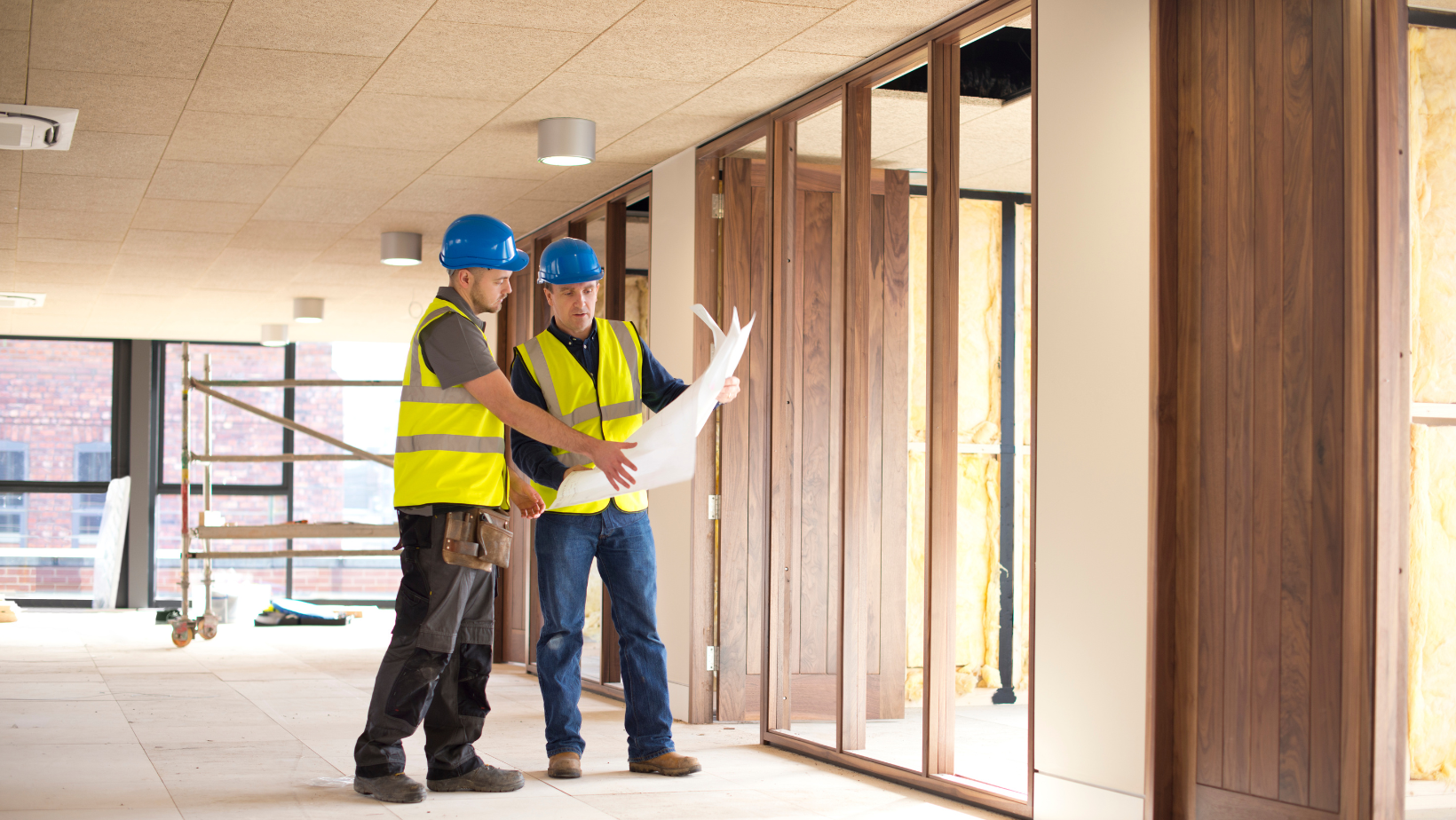When a client decides to take on a new commercial lease, for commercial premises it is common to see the client, who will become the tenant with refurbishment plans for the commercial premises.
Some works are general, in that these are decorative works, whilst other works are more comprehensive and involve a range of alterations to the premises. Yet, many tenants do not realise the significance of such alterations and do not appreciate that they may require the landlord’s permission before making these changes. This article considers:
- The types of alterations which clients often wish to make to commercial premises;
- The circumstances in which the landlord’s permission may be required to make these alterations;
- The application required to obtain the landlord’s permission and the licence for alterations; and
- The remedies available to the landlord for a tenant not having sought permission.
What are the different types of alterations made to commercial premises?
There are two main types of alterations which a tenant can make to a commercial premises either ‘structural alterations’ or ‘non-structural alterations’.
What are structural alterations?
Structural alterations include, amongst other things, changes to the structure of the commercial premises, changes to the internal and external structural walls, or changes to the shop front. These may be made due to:
- Necessary fit-out works;
- Enhancing the premises to make the business more marketable;
- Making necessary adjustments to carry out operations;
- Installation of a mezzanine to allow more space;
What to do if the tenant wants to make structural alterations?
The default position in standard commercial leases is for structural alterations to be prohibited by the landlord under the terms of the lease. If these are not allowed and the tenant is to ask for permission to make these structure changes, then the landlord can refuse its permission. If permission is given this would be at the discretion of the landlord.
Any proposals for structural alterations should be considered before entering into a lease and dealt with as part of the negotiations before the lease is signed. Once the lease has been entered into and structural alterations are required then the landlord is under no obligation to give permission. If the lease does allow for structural alterations to be made then this is most likely with the landlord’s permission.
What are non-structural alterations?
These include alterations to the property, usually internally, which do not interfere with the structure but can change the layout or design of the premises. A common example is the installation, removal or rearrangement of internal non-demountable partitions.
What if the tenant wants to make non-structural alterations?
The default position in standard commercial leases is for non-structural alterations to be permitted but subject to the landlord’s permission. The tenant should make an application to the landlord for non-structural alterations and include detailed plans and a specification.
What is the process for asking for the landlord’s permission?
A landlord will give consent to alterations by means of a licence for alterations entered into between the landlord and the tenant. This licence forms the basis of the permission by the landlord to carry out the proposed works subject to the terms and conditions of that document. The more significant terms within the licence to alterations relate to:
- The proposed works being carried out with the necessary consents (planning etc), with good and proper materials and in good workmanship;
- The obligation to reinstate when the lease is coming to an end;
- The alterations being disregarded on a rent review; and
- The costs incurred in obtaining the licence for alterations.
What to think about when making the application?
Any application should be accompanied by plans and a specification. Not providing these can cause delays and hold up the process. Both current and proposed plans of premises should be provided. A detailed specification should also be provided which should include the scope of works to be carried out, materials used, and method of installation.
What are some of the key terms of the licence?
Reinstatement
Reinstatement relates to how the premises must be returned at the end of the lease. It is not uncommon for the landlord to insist that the premises be handed back in the condition which it was pre-alterations. The landlord may decide to allow some alterations to remain if these benefit the premises in the future.
Rent review
Alterations can be costly. If the rent is up for review the tenant will not want to be put at an unfair disadvantage for the premises achieving a much higher rent than expected on a review by having carried out those changes. It is, therefore, important that the alterations are disregarded on a rent review so that the tenant does not end up paying a higher rent as a result of the works which they have paid for which have improved the market value of the property.
Costs
It is standard for the tenant to pay the legal fees of the Landlord in preparing the licence for alterations with these fees running into several thousands of pounds. Yet, these fees can be avoided if the licence is obtained before entering into the lease. Should a licence be obtained after having entered into the lease the Landlord would be expecting its legal fees and surveyors’ fees to be paid by the tenant.
What happens if the alterations are made without the landlord’s permission?
This would be considered a breach of the lease. The remedies available to a landlord can include:
- Forfeiting the lease;
- Obtaining an injunction for the tenant to reinstate the alterations or to stop the tenant from carrying out the alterations;
- The landlord claiming damages in certain circumstances.
Can the landlord give consent retrospectively?
If alterations have been made without permission then in certain circumstances the landlord might allow retrospective consent. The tenant may need to appreciate that as the landlord is giving consent retrospectively the conditions attached to that retrospective consent may not be reasonable.
Conclusions
Before the lease has been entered into the tenant should clarify whether it is necessary to obtain the landlord’s permission before carrying out any alterations. This clarification should also be made even if the lease has already been entered into. Every lease is discrete to a particular type of commercial premises with every commercial premises being different in design, layout, and condition, so it is worth checking which alterations would be allowed before making any changes. Early legal advice will save costs.
For more information, please get in touch with Commercial Property team on 01277 211 755.
The above is meant to be only advice and is correct as of the time of posting. This article was written by Inderdeep Kanda, Solicitor in the Commercial Property team at Pinney Talfourd LLP Solicitors. The contents of this article are for the purposes of general awareness only. They do not purport to constitute legal or professional advice. Specific legal advice should be taken on each individual matter. This article is based on the law as of July 2024.














